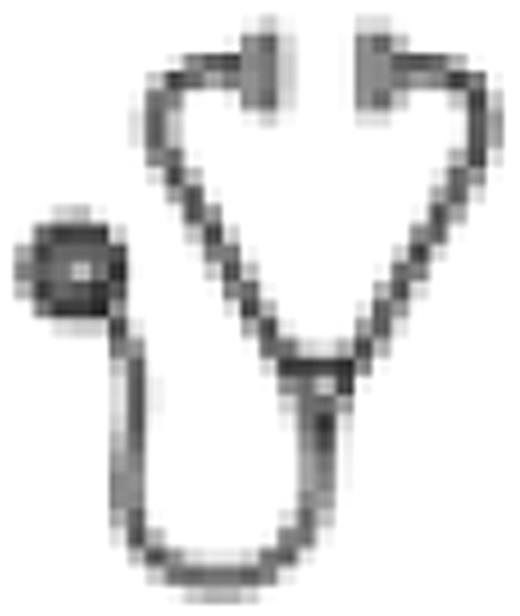Abstract
Abstract 518
Targeted dosing of busulfan (Bu) has been shown to improve outcome of allogeneic HSCT (aHSCT) in patients with leukemia. There is limited data on correlation of Bu PK with outcome in patients with thalassemia major (TM)) undergoing aHSCT. We have previously shown that first dose trough level of Bu (Cmin1) predicts graft rejection (Chandy et al, BMT 2005), and Bu Css is significantly lower in patients with hepatic veno-occlusive disease (HVOD) (Srivastava et al, Blood 2004). The aim of the present study was to evaluate the correlations of Bu PK with outcome of HSCT in a larger cohort of patients and to evaluate the pharmacogenetic basis for the differences. We retrospectively analyzed oral Bu PK after 1st and 13th doses of Bu in 255 patients out of the 291 thalassemic patients who underwent aHSCT from matched related donors between 1991 till February 2010 at our centre. All patients received busulfan (at a dose of 14 or 16 mg/kg/day or 600mg/m2/day) in combination with Cy (at a dose of 160mg/kg for those >15 years or 200mg/kg for all others) as part of the conditioning regimen. Bu levels were measured by HPLC as previously described (Poonkuzhali et al, 1999). We also analyzed GSTA1*1B, GSTM1 and GSTT1 deletion polymorphisms in these patients. Based on Lucarelli's risk stratification, 18/291 patients belonged to class I, 121/291 were class II and 151/291 were class III. The class III patients were further risk stratified into class 3 high risk and low risk based on age and liver size (high risk: age >7 years and liver size >5cm; and the rest as low risk; Mathews et al, 2007). None of the Bu PK parameters were significantly different between Lucarelli classes as well as between class III high and low risk patients. For the entire group, EFS was 77%, OS 81%, NRM (non rejection mortality)15% and graft rejection 8.6%. Class III patients had a significantly lower EFS (p=0.0007) and OS (p=0.0051) compared to class I and II. Bu Cmin1 (p=0.007), but not Bu Css1 was significantly lower in those who rejected their graft compared to those who did not. On quartile analysis, patients with Cmin1 <156ng/ml had 30% (18/60) rejection compared to 8% (14/169) rejection in patients with Bu Cmin1 >156ng/ml (RR= 9.8; p=0.0001). Those with Bu Css1 in the lowest quartile also had significant risk of rejection (14/57 with Css1 <490 vs. 18/169 with Css1 >490 ng/ml; RR= 3.8, p=0.027) but the correlation was not as strong as that with Cmin1. Upon multivariate analysis of all the variables that were significantly influencing aHSCT outcome in univariate analysis, only Lucarelli class III high risk (p=0.034), SGOT level (p=0.036) and Bu Cmin1 (p=0.0001) were significantly influencing graft rejection. In addition, GSTA1*1B homozygous variant genotype was significantly associated with higher Bu Cmin1 (p=0.008) and Css1 (p=0.009). Since Bu Cmin1 was significantly influenced by GSTA1*1B genotype, we compared the combined risk of Cmin1 <156ng/ml and GSTA1*1B wild type genotype. None of the 6 patients with Bu Cmin1 <156ng/ml and GSTA1*1B homozygous mutant genotype rejected their graft. The incidence of graft rejection in the patients with GSTA1*1B wild type (17/113; 15%) and heterozygous (15/106; 9.4%) was higher than among those with homozygous mutant (1/34; 2.9%), (p=0.059). This is the largest available data on PK of oral busulfan patients with a single genetic disorder. We conclude that Bu Cmin1 is a stronger predictor of graft rejection than Css1 and that it is impacted by GSTA1*1B polymorphism in patients with beta thalassemia major undergoing aHSCT.
Krishnamoorthy:INSERM U763: Employment, Research Funding.

This icon denotes an abstract that is clinically relevant.
Author notes
Asterisk with author names denotes non-ASH members.

This feature is available to Subscribers Only
Sign In or Create an Account Close Modal